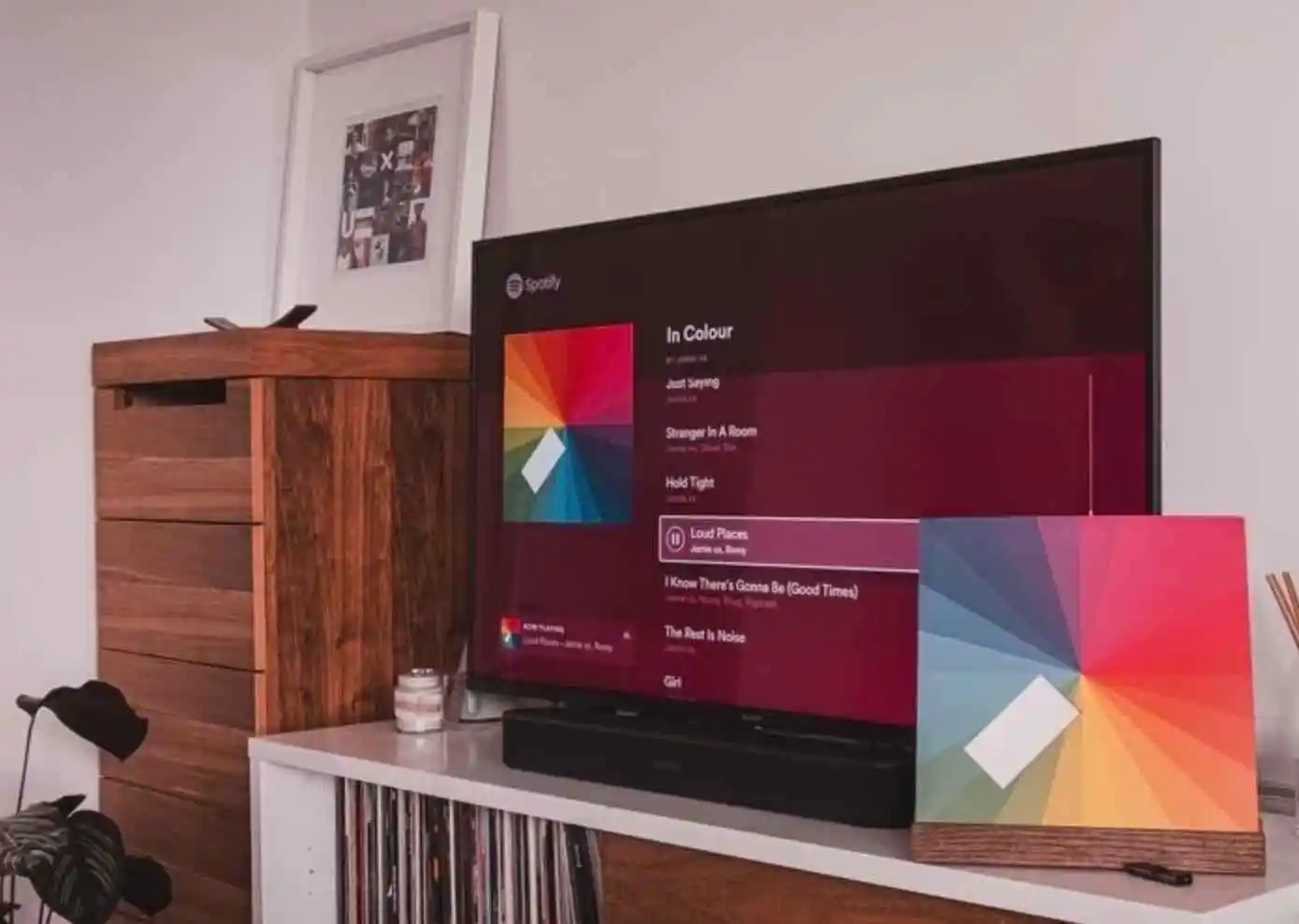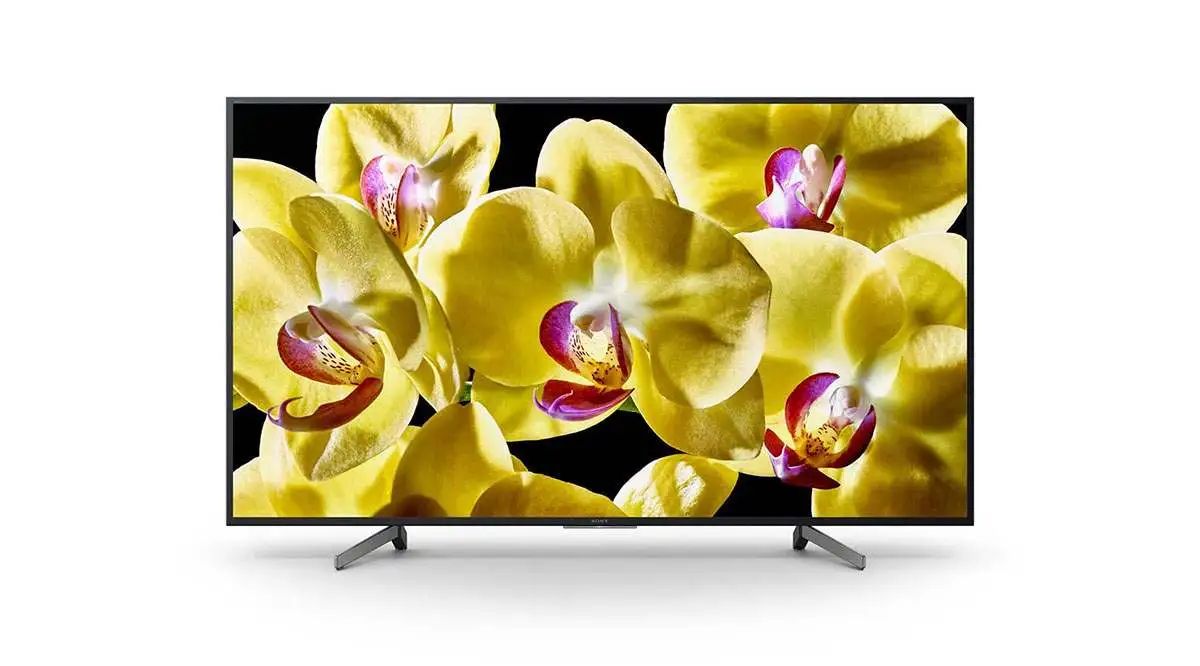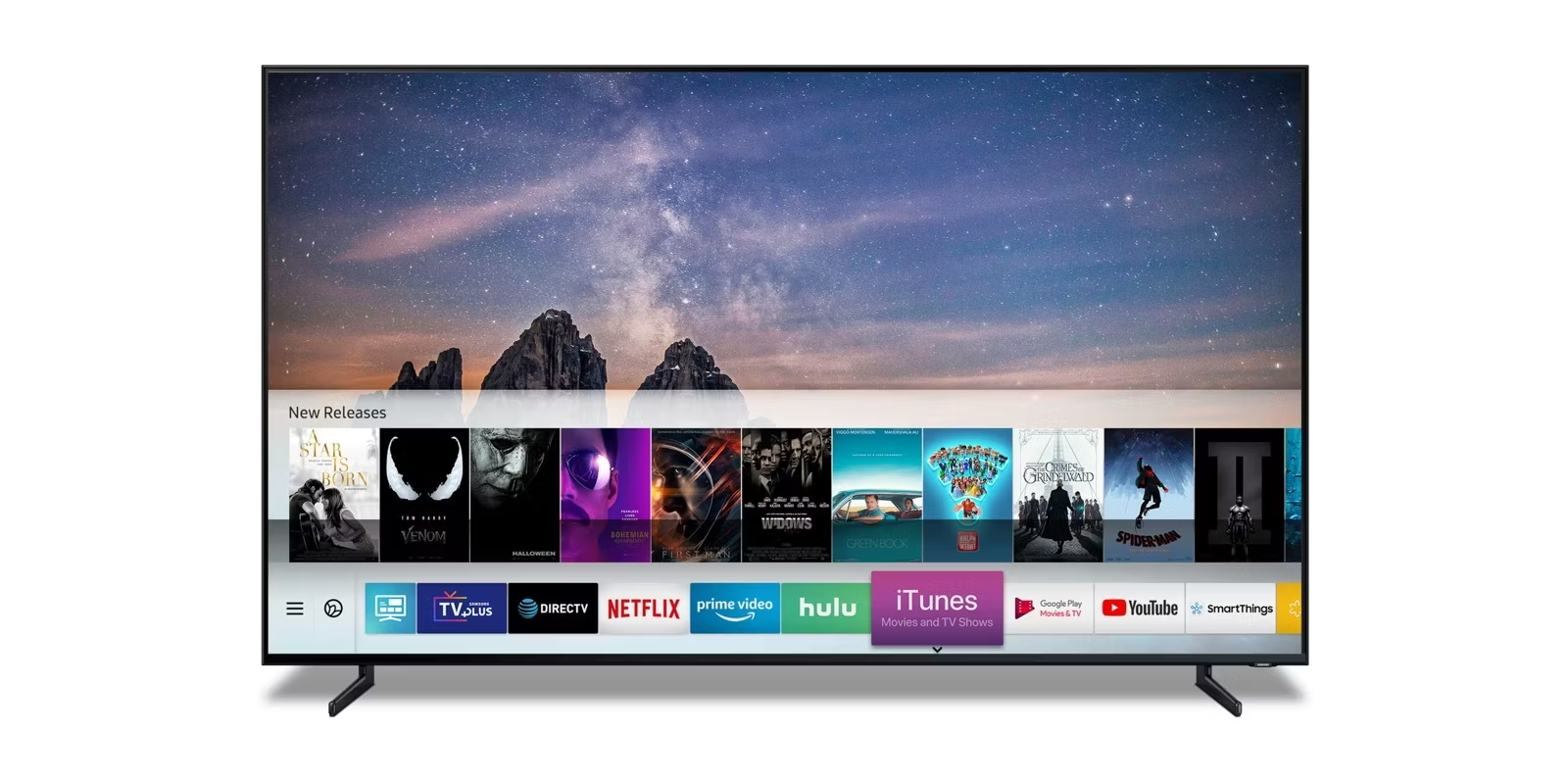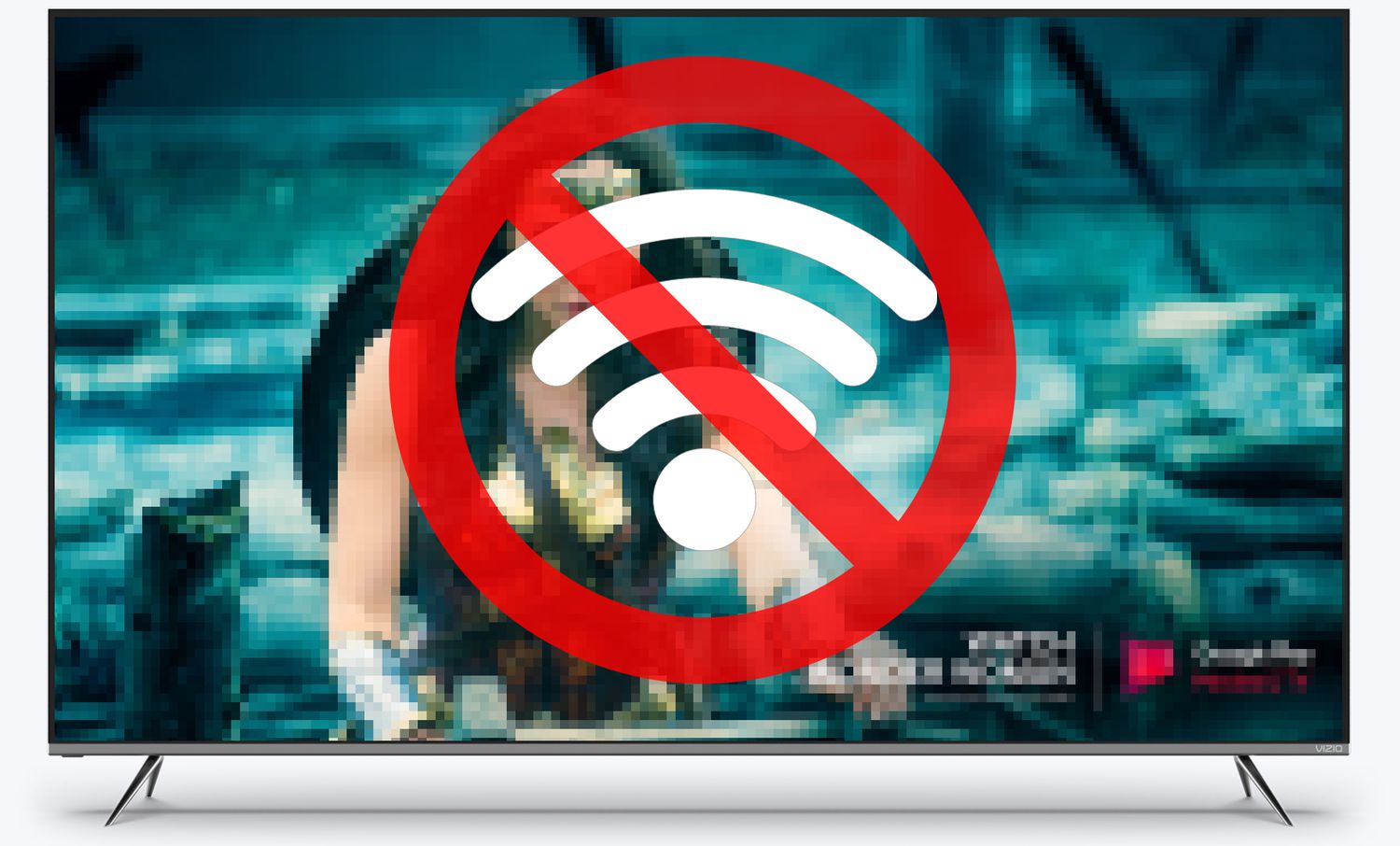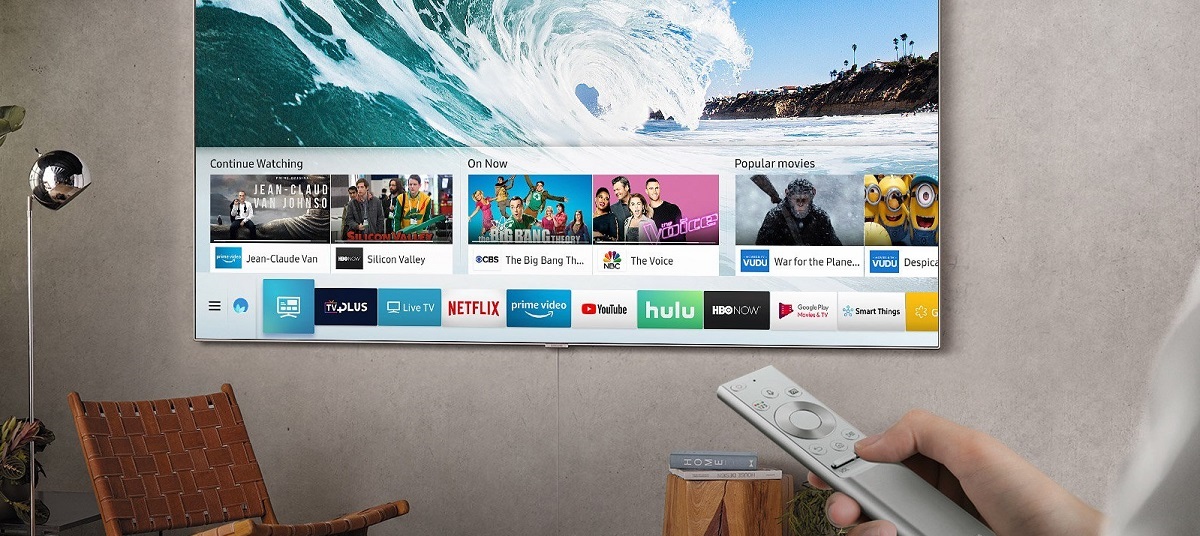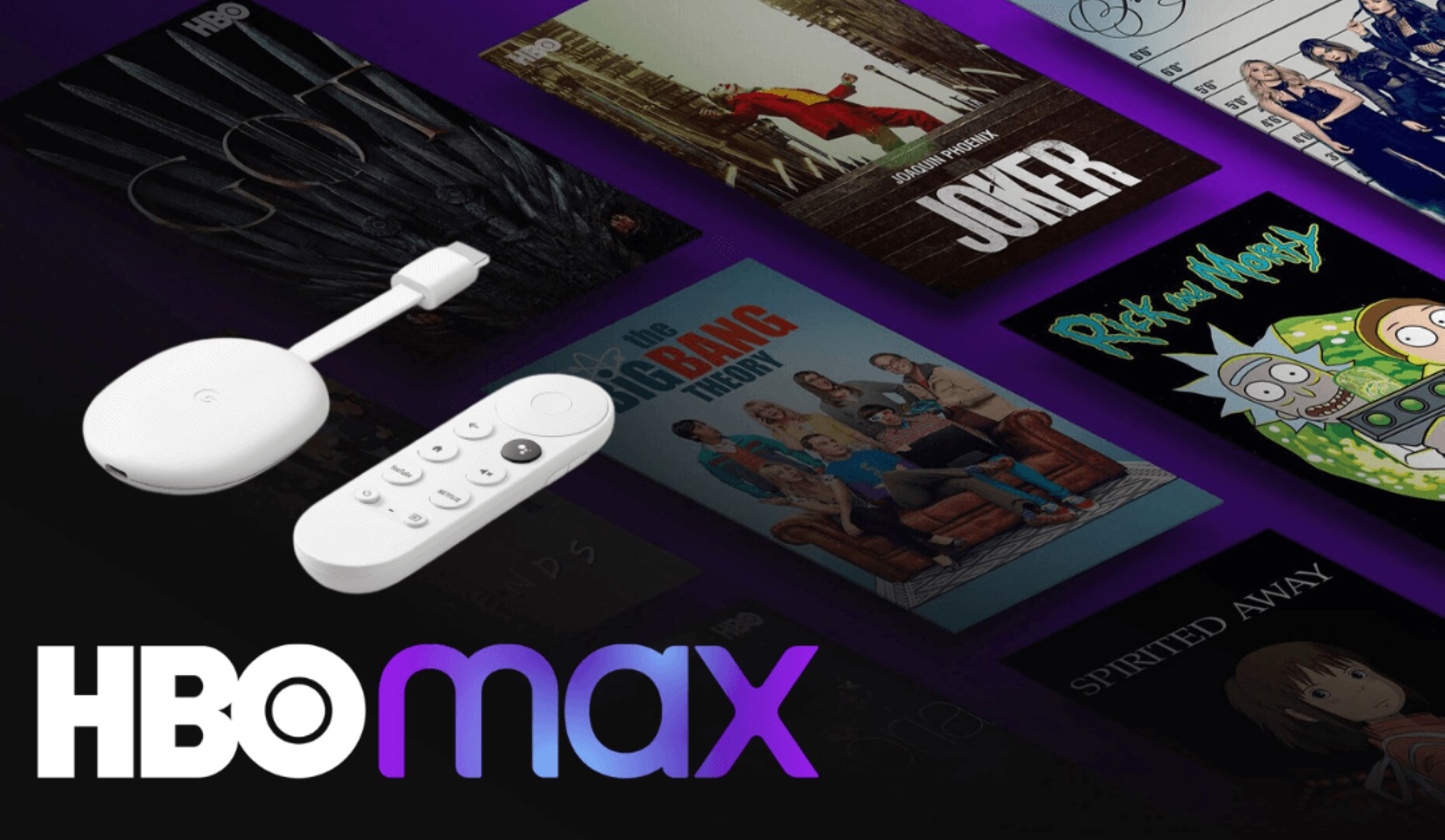Introduction
Welcome to the world of smart TVs! With advancements in technology, television sets have evolved from simple devices that display broadcasted content to sophisticated entertainment hubs that offer a wide range of features and functionalities. Smart TVs have revolutionized the way we consume media, providing a seamless integration of internet connectivity and entertainment options that were previously unimaginable with a regular TV.
A smart TV, also known as a connected TV, is a television set with built-in internet capabilities and a variety of integrated applications. It combines the traditional functions of a television with the power of the internet, allowing users to access streaming services, browse the web, download apps, play games, and much more. In contrast, a regular TV, also referred to as a non-smart or standard TV, offers limited functionality and relies solely on a cable or satellite connection to broadcast television channels.
The rapid rise in the popularity of smart TVs can be attributed to their ability to transform the traditional television viewing experience into a dynamic and interactive one. With a smart TV, users can access an extensive library of on-demand content, stream their favorite shows and movies, connect with social media, and enjoy a host of other internet-based activities without the need for additional devices.
In this article, we will explore the various features and functionalities that set smart TVs apart from regular TVs. From streaming services and internet connectivity to voice control and multi-screen interaction, smart TVs offer a whole new level of convenience and entertainment options that were previously unavailable with a regular TV. Whether you are a tech enthusiast or a casual viewer, understanding the capabilities of a smart TV can help you make an informed decision when it comes to choosing the right television for your needs.
Definition of a Smart TV
A smart TV is a television set that combines the features of a traditional TV with internet connectivity and a range of integrated applications. It offers a seamless integration of entertainment, information, and connectivity, providing users with a highly interactive and personalized viewing experience.
Unlike regular TVs, which rely solely on a cable or satellite connection to broadcast television channels, smart TVs have built-in Wi-Fi capabilities that allow users to connect to the internet. This internet connectivity opens up a whole new world of possibilities, allowing users to stream content from popular video-on-demand services like Netflix, Hulu, and Amazon Prime Video, browse the web, and access a wide range of apps and entertainment options.
Smart TVs are equipped with powerful processors and operating systems that enable them to run various applications and provide a user-friendly interface. These apps can range from video streaming services and music platforms to social media platforms, gaming applications, and even productivity tools. Users can easily download and install apps directly from the TV’s app store, expanding the functionality and entertainment options of their smart TV.
One of the key features of smart TVs is their ability to provide personalized recommendations based on the user’s viewing habits and preferences. They use sophisticated algorithms and machine learning techniques to analyze the user’s behavior and suggest relevant content. This personalized approach enhances the viewing experience, making it easier for users to discover new shows and movies that match their interests.
Additionally, smart TVs often come with advanced connectivity options such as HDMI ports, USB ports, and Bluetooth capabilities. These connectivity options allow users to connect external devices like gaming consoles, sound systems, and streaming devices to their smart TVs, further expanding the capabilities and entertainment possibilities.
Overall, the definition of a smart TV encompasses a television set that goes beyond traditional broadcasting capabilities, offering internet connectivity, a wide range of applications, personalized recommendations, and enhanced connectivity options. With the rise of smart homes and the increasing integration of technology in our daily lives, smart TVs have become an essential part of modern entertainment systems.
Definition of a Regular TV
A regular TV, also known as a non-smart or standard TV, is a television set that provides basic broadcasting capabilities without the added functionality of internet connectivity and integrated applications. It is the traditional form of television that has been in use for decades, relying on cable or satellite connections to receive and display television channels.
Regular TVs are designed to receive signals from an external source, such as a cable box, satellite receiver, or antenna, and display the broadcasted content on the screen. They typically have limited features and are primarily focused on delivering the audio and video signals in a reliable and straightforward manner.
Unlike smart TVs, regular TVs do not have built-in Wi-Fi capabilities or the ability to connect to the internet directly. As a result, users do not have access to streaming services, web browsing, or other online applications. Instead, they rely on external devices, such as streaming devices or gaming consoles, to access online content if desired.
Regular TVs often have basic functions such as volume control, channel selection, brightness adjustment, and picture settings. Many also have a limited number of audio and video input ports, allowing users to connect devices such as DVD players, gaming consoles, or sound systems. However, with traditional TVs, the functionality and capabilities are limited to what is provided by the external devices being used.
While regular TVs lack the advanced features and internet connectivity of smart TVs, they still serve as reliable and straightforward devices for broadcasting television content. They are commonly found in homes, hotels, offices, and other settings where the primary requirement is to watch broadcasted television channels without the need for additional functionalities.
It is worth mentioning that with the increasing popularity and affordability of smart TVs, regular TVs are becoming less common in the market. However, for those who prioritize simplicity and do not require the additional features of a smart TV, a regular TV still serves as a viable and cost-effective option for basic television viewing.
Streaming Services
One of the standout features of a smart TV is its ability to access a wide range of streaming services. Streaming services allow users to watch movies, TV shows, documentaries, and other forms of video content on demand, without the need for a physical copy or scheduled broadcast.
With a smart TV, users have access to popular streaming services like Netflix, Hulu, Amazon Prime Video, Disney+, and many more. These platforms offer a vast library of content, including blockbuster movies, popular TV series, exclusive shows, and original productions. Users can simply navigate through the apps on their smart TV and choose the content they want to watch, whenever they want.
Streaming services provide the added benefit of convenience and flexibility. Users can pause, rewind, or fast forward through content, allowing them to watch at their own pace. They can also create personalized watchlists and receive recommendations based on their viewing history and preferences. This personalized approach enhances the user experience, making it easier to discover new and exciting content.
Another advantage of streaming services on a smart TV is the option to stream content in high-definition (HD) or even 4K Ultra HD resolution. Smart TVs are equipped with advanced display technology and powerful processors that can handle high-quality streaming, providing users with an immersive and visually stunning viewing experience. This is particularly beneficial for those who have invested in high-resolution TVs and want to make the most out of their screen’s capabilities.
In addition to streaming movies and TV shows, smart TVs also offer access to live streaming services. Many networks and broadcasters now provide live streaming options for sports events, concerts, news updates, and other live broadcasts. Users can easily tune into their favorite events or catch up on breaking news directly from their smart TV, eliminating the need for separate devices or subscriptions.
Overall, streaming services on a smart TV bring a world of entertainment to your fingertips. From the latest movies to binge-worthy TV series and live events, the convenience, selection, and high-quality streaming options make it a significant advantage over regular TVs.
Internet Connectivity
One of the defining features of a smart TV is its ability to connect to the internet. This internet connectivity opens up a wealth of opportunities for users, allowing them to access a wide range of online content and services directly from their television.
With a smart TV, users can browse the web, access social media platforms, and stream content from popular video-sharing websites such as YouTube. They can also check emails, view photos, and even shop online, all without the need for a separate device such as a computer or smartphone.
Internet connectivity on a smart TV also enables users to access a plethora of online apps and services. Smart TVs come pre-installed with various apps, such as streaming services, news apps, music platforms, weather apps, and even productivity tools. Users can easily download additional apps from the TV’s app store, expanding the functionality and entertainment options of their smart TV.
Moreover, smart TVs often provide a seamless integration between the internet and traditional television viewing. Some models feature a smart electronic program guide (EPG) that allows users to not only view upcoming TV programs but also access related online content, such as trailers, behind-the-scenes footage, and additional information about the show or movie.
Another advantage of internet-connected smart TVs is their ability to receive over-the-air software updates. These updates bring new features, security enhancements, and performance improvements to the TV, ensuring that users have the latest capabilities without the need to purchase a new device. This keeps the smart TV up-to-date with the changing technological landscape.
It is worth noting that internet connectivity on a smart TV requires a stable internet connection. Users must have a reliable Wi-Fi network or an Ethernet connection to take full advantage of the smart TV’s online capabilities. Weak or unstable internet connections may result in buffering issues or slow loading times, affecting the overall streaming and browsing experience.
In summary, the internet connectivity offered by smart TVs unlocks a world of online content, apps, and services directly on the television. From web browsing and social media to accessing online apps and receiving software updates, the integration of the internet with a smart TV enhances the overall convenience and entertainment value of the device.
Apps and Games
One of the key advantages of a smart TV is its ability to provide a vast array of apps and games directly on the television. Similar to smartphones or tablets, smart TVs come equipped with an operating system that supports a wide range of applications, allowing users to extend the functionality and entertainment options of their television.
Smart TVs have their own app stores, where users can browse and download a variety of apps. These apps include popular streaming services like Netflix, Amazon Prime Video, and Hulu, as well as news apps, music platforms, social media applications, and much more. By accessing these apps, users can personalize their viewing experience, stay connected with friends and family, and access content from various sources in one central location.
In addition to apps, smart TVs also provide the ability to play games directly on the television. With the support of powerful processors and graphic capabilities, smart TVs offer a range of gaming options, from casual games to more immersive and graphics-intensive titles. Users can connect game controllers or use the TV’s remote control to play games, turning their living room into a gaming hub without the need for additional gaming consoles.
Many smart TVs also support multiplayer gaming, allowing users to play with friends and family members in the same room or even across different locations. This adds a social aspect to gaming and provides an interactive experience for players of all ages. Some smart TVs even offer motion-sensing capabilities, enabling users to control games using hand gestures or body movements.
The availability of apps and games on smart TVs is continuously expanding, with developers creating new and innovative experiences specifically designed for the big screen. From educational apps for children to fitness apps for workouts, users can find a wide range of options to suit their interests and preferences.
It’s important to note that while smart TVs offer a variety of apps and games, the selection may vary depending on the brand and operating system of the TV. Some brands have partnerships with specific app developers, resulting in exclusive apps or early access to new releases. Users should explore the app store of their smart TV to discover the full range of options available.
In summary, the availability of apps and games on smart TVs provides an interactive and customizable entertainment experience. Whether it’s streaming movies, accessing social media, playing games, or exploring educational apps, the integration of apps and games with smart TVs expands the possibilities and versatility of television entertainment.
Voice Control
Voice control is a revolutionary feature that sets smart TVs apart from regular TVs. With voice control, users can interact with their smart TV using voice commands, eliminating the need for physical buttons or remote controls.
Smart TVs equipped with voice control capabilities have built-in microphones that can accurately capture and interpret spoken commands. Users can simply speak phrases or specific commands to perform various actions, such as changing channels, adjusting volume, searching for content, launching apps, and even controlling smart home devices that are compatible with the TV.
Voice control provides a convenient and hands-free way of navigating through the smart TV’s interface and accessing desired content. Instead of scrolling through menus or typing on a remote control, users can simply say what they want to do, saving time and reducing the need for manual input.
Moreover, voice control enhances accessibility for individuals with disabilities or those who may have difficulty using traditional remote controls. It provides an intuitive and inclusive method of interacting with the TV, ensuring that everyone can enjoy a seamless and convenient viewing experience.
Smart TVs often come with integrated voice assistants, such as Google Assistant or Amazon Alexa, which bring even more functionality to the device. These voice assistants can perform tasks beyond TV-related commands, such as answering questions, providing weather updates, setting reminders, and controlling other smart devices in the home.
The accuracy and responsiveness of voice control on smart TVs have significantly improved over the years. Smart TVs now incorporate advanced speech recognition technology that can understand natural language and interpret specific voice commands accurately. This allows for a more seamless and intuitive interaction between the user and the smart TV.
It’s important to note that not all smart TVs have built-in voice control capabilities. Some may require the use of external devices, such as smart speakers or remote controls with voice control features, to enable voice commands. However, the availability and integration of voice control are growing increasingly common in modern smart TVs.
Overall, voice control adds a new level of convenience and interactivity to smart TVs. By simplifying navigation and providing a hands-free approach to controlling the TV, voice control enhances the overall user experience and makes using a smart TV more effortless and enjoyable.
Screen Mirroring
Screen mirroring is a feature that allows users to display the content from their smartphones, tablets, or computers directly onto the screen of a smart TV. It offers a convenient way of sharing photos, videos, presentations, and other media with a larger audience, without the need for cables or additional devices.
Through screen mirroring, users can mirror the entire screen of their mobile device or select specific apps to be displayed on the TV. This enables them to view content from their device on a larger screen, providing a more immersive and enjoyable viewing experience.
Smart TVs support different screen mirroring technologies, such as Miracast, AirPlay, or Chromecast. These technologies establish a wireless connection between the mobile device and the TV, allowing for seamless transmission of audio and video content.
To initiate screen mirroring, users typically need to enable the mirroring function on their smart TV and their mobile device. Once the connection is established, they can navigate through their mobile device as usual, and the content will be simultaneously displayed on the TV screen.
With screen mirroring, users can share their holiday photos, stream videos from YouTube or Netflix, showcase presentations, or even engage in video calls on a larger display. It is a versatile feature that caters to various needs, whether for personal entertainment, educational purposes, or professional presentations.
Screen mirroring also provides a convenient way for users to access content that may not be directly available on the smart TV itself. By mirroring the screen of a mobile device, users can access apps, games, or even websites that are not available as standalone apps on the smart TV’s operating system.
Furthermore, screen mirroring on smart TVs is not limited to mirroring from mobile devices. Users can also mirror the content from their computers or laptops, allowing them to display slideshows, presentations, or even play videos or games on a larger screen.
It’s important to note that screen mirroring capabilities may differ between smart TV brands and models. Some may offer more seamless and stable mirroring experiences, while others may have limitations on which devices can be mirrored. Users should consult the user manual or the manufacturer’s website for specific instructions and compatibility details.
In summary, screen mirroring is a valuable feature of smart TVs that allows users to wirelessly share and display the content from their mobile devices or computers on a larger screen. It provides a convenient way to enjoy media, share presentations, and enhance the overall viewing experience.
Multi-Screen Interaction
Multi-screen interaction is a feature that allows users to connect and interact with multiple devices simultaneously, creating a seamless and integrated entertainment experience. With multi-screen interaction, smart TVs become the central hub that connects various devices, such as smartphones, tablets, and even computers, enabling users to enjoy synchronized content across different screens.
One of the common ways to achieve multi-screen interaction is through the use of companion apps. These apps allow users to control their smart TV using their mobile devices, acting as a remote control, and providing additional features such as content recommendations, virtual keyboards, and voice search.
In addition to controlling the smart TV, companion apps can also provide enhanced content discovery. Users can use their mobile devices to browse through different apps, search for specific shows or movies, and send the content directly to the smart TV for playback. This allows for a more seamless and efficient way of finding and enjoying content.
Multi-screen interaction can also enable users to transfer media files between devices. For example, users can easily send photos or videos from their smartphones to the smart TV for everyone to view. This eliminates the need for physical connections or transferring files through external storage devices.
Furthermore, multi-screen interaction can facilitate multi-tasking. Users can continue watching a show or movie on their smart TV while checking emails, scrolling through social media, or browsing the web on their mobile devices. This flexibility allows for a more personalized and efficient entertainment experience.
Screen mirroring, which was discussed earlier, is also a form of multi-screen interaction. By mirroring the screen of a mobile device or computer, users can share content from their smaller screens onto the larger screen of the smart TV. This enhances the viewing experience and encourages collaboration, whether it’s for sharing photos, delivering presentations, or playing games.
Smart TVs with multi-screen interaction capabilities can also connect to other smart devices in the home. This allows for seamless integration of the TV with other devices, such as smart speakers, smart lighting systems, or security cameras. Users can control and manage these devices directly from their smart TV interface, creating a unified smart home experience.
It is important to note that multi-screen interaction functionalities may vary between smart TV brands and models. Some may offer more extensive integration and compatibility with a wider range of devices and apps. Users should consult the manufacturer’s specifications or user manual for more information on the multi-screen interaction features available on their smart TV.
In summary, multi-screen interaction is a versatile and convenient feature that allows users to connect and interact with multiple devices simultaneously. Whether it’s controlling the smart TV, transferring media files, multi-tasking, or integrating with smart home devices, multi-screen interaction enhances the overall entertainment experience and fosters a more interconnected digital ecosystem.
Personalization and Recommendations
One of the standout features of smart TVs is their ability to provide personalized recommendations based on the user’s viewing habits and preferences. Through advanced algorithms and machine learning techniques, smart TVs analyze the user’s behavior and suggest relevant content, creating a tailored and enjoyable entertainment experience.
Personalization begins with the initial setup of a smart TV. Users can create profiles or accounts, allowing the TV to gather information about their preferences, favorite genres, and shows they enjoy. Based on this information, the smart TV’s algorithms can start making recommendations right from the start, presenting content that aligns with the user’s tastes.
As users continue to watch shows and movies on their smart TV, the algorithms further refine the recommendations by analyzing the user’s viewing history. The smart TV takes into account the genres, actors, and themes that the user frequently engages with and uses this data to suggest similar content that the user is likely to enjoy.
Personalization goes beyond suggesting TV shows and movies. It can also extend to other aspects of the smart TV experience, such as the arrangement of the home screen or the presentation of content categories. By understanding the user’s preferences, the smart TV can prioritize certain apps or content genres, making it easier for the user to find what they are interested in more quickly.
Furthermore, smart TVs can provide personalized recommendations across multiple streaming services. Instead of navigating through different apps individually, users can see a consolidated list of recommended content from various platforms, making it easier to discover new shows or movies that they may have otherwise missed.
Personalization is not limited to the individual user. Some smart TVs offer multiple user profiles, allowing different members of the household to have their own personalized recommendations. This ensures that each user can have a tailored viewing experience, with recommendations and content suggestions specific to their interests.
In addition to personalized recommendations, smart TVs also provide the option for users to create their own watchlists and favorites. Users can save shows, movies, or even individual episodes for later viewing, making it convenient to keep track of content that they want to watch or revisit at a later time.
It’s important to note that smart TVs prioritize user privacy and provide options to adjust or disable personalized features if desired. Users can often access settings that allow them to clear their viewing history, adjust content preferences, or disable personalized recommendations altogether. This ensures that users have control over their data and privacy while still enjoying the benefits of personalization.
In summary, the ability of smart TVs to provide personalized recommendations based on user preferences enhances the viewing experience by suggesting relevant and engaging content. With personalized watchlists, recommendations across multiple streaming services, and customizable user profiles, smart TVs create a more tailored and enjoyable entertainment experience for users.
Conclusion
In conclusion, smart TVs have revolutionized the way we experience television. With their integration of internet connectivity, streaming services, apps, voice control, screen mirroring, multi-screen interaction, and personalized recommendations, smart TVs offer a comprehensive and interactive entertainment experience that regular TVs simply cannot match.
Smart TVs provide an extensive range of streaming services, giving users access to a vast library of on-demand content. From movies and TV shows to live events and special programming, the options are virtually endless. The convenience and flexibility of streaming services on a smart TV elevate the viewing experience to new heights.
The internet connectivity of smart TVs opens up a world of possibilities. Users can browse the web, access social media, and download apps directly on their TV. By connecting to the internet, smart TVs also receive software updates that bring new features and enhancements to keep the TV up-to-date with the latest technological advancements.
Voice control is an innovative feature that allows users to interact with their smart TVs using voice commands. This hands-free approach simplifies navigation and enhances accessibility, while voice assistants provide additional functionalities and control over other smart devices in the home.
Screen mirroring on smart TVs allows users to share content from their smartphones, tablets, or computers directly on the TV screen. It enables seamless sharing and collaboration, making it easier to display photos, videos, presentations, and even play games on a larger display.
Multi-screen interaction takes the smart TV experience to the next level by connecting multiple devices and creating a unified entertainment ecosystem. It enables control, content sharing, and multi-tasking across different screens, making the overall entertainment experience more integrated and versatile.
Lastly, the personalization and recommendation features of smart TVs cater to each user’s preferences, ensuring that they have access to content that matches their interests. Personalized recommendations and customized user profiles enhance the convenience and enjoyment of using a smart TV.
As technology continues to advance, smart TVs are becoming increasingly popular and affordable. They offer a wide range of features and functionalities that provide a more immersive, convenient, and personalized entertainment experience. Whether you’re a movie buff, a sports enthusiast, a gamer, or simply someone who enjoys a good TV show, a smart TV is a worthy investment that can greatly enhance your viewing pleasure.







